A – Awareness-raising on risk in theory and practice. (Yvonne Hengst – Forest Research Insitute of Baden-Württemberg)
Summary: The presentation focuses on risk perception and risk awareness from the theory to the practice in a broad sense, summarizing the state of the art and the key points. It adressess the following topics: “What affects our risk perception?”, “What is awareness?” and “Raising risk awareness in practice” through everyday examples that allow us to understand the multiple dimensions of the concepts.
B- Multi-risk R+D Projects and Operational tools for effective Risk Reduction Strategies mainstreaming at regional policies
- PLAtform for Climate Adaptation and Risk reDuction “PLACARD Project”. (Bertram de Rooij – Wageningen Environmental Research)
Summary: PLACARD project establish a coordination and knowledge exchange platform for multi-stakeholder dialogue and consultation. The mains topics are Climate Change Adaption (CCA) and Disaster Risk Reduction (DRR) and in this context, try to put in common actors, methodologies, and policies frameworks. Therefore, Placard is constituted as a common space where the different communities (CCA and DRR) can meet, share experiences and create opportunities for collaboration.
- Transnational Plans for the management of forest risks “PLURIFOR Project”. (Eduard Mauri – Atlantic European Regional Office of the Euroepan Forest Institute)
Summary: PLURIFOR project help with the development of regional and transnational risk management plans for forest area susceptible to biotic and abiotic hazards. The project is focused on storms, fire, soil degradation, pinewood nematode , chestnut gall wasp, Eucalyptus weevil, Fusarium circinatum , and emerging pests and pathogens. The aim is to incorporate the latest scientific understanding of hazards to forests in the south-west of Europe into the civil planning mechanisms for dealing with these hazards and their impacts. The project counts with the lessons learnt of Forrisk project (previous project) also coordinated by EFI Atlantic.
- Fire and Rescue Innovation Network “FIRE-IN Project”. (Jean Michel Dumaz – SAFE Cluster)
Summary: FIRE-IN project is designed to raise the security level of EU citizens by improving the national and European Fire & Rescue (F&R) capability development process. The overarching result of the project will be a proven process for organising F&R capability-driven research based on a wide practitioner and research and innovation network. The network will be linked at cross-domain and cross-border level and will feed harmonised operational requirements (or challenges) into national and EU capability development, i.e. research, innovation, procurement and standardisation programmes.
- The flood risk management plan of Sardinia “Directive 2007/60/EC”. (Roberto Silvano – Former Secretary General of Basin Authority of Sardinia)
Summary: According to the European Directive 2007/60/EC of evaluation and management of flood risk, the autonomous region of Sardinia (Italy) have the special plan of management of flood risk in their region. The aim of this regional plan is to increase the safety of the people at risk, stabilize the cost of damage in short term (and reduce it in medium term), and increase resilience of the special affected territories of the region. Therefore, this plan has all the things related by flood management, and specially in prevention measures, prevention and protection in relation by the flood events. And all of this measures have the special considerations in each hydrological zone of Sardinia. The plan has all the knowledge and information about flood risk in Sardinia, and also is useful for urban planning. All the information and procedures are from “Direzione Generale dell’Agenzia del distretto idrografico regionale” (General Direction of Hydrological Regional District Agency).
- NET RISK WORK project outcomes:
1 – Best practices compilation. (Alice Clemenceau – ENTENTE VALABRE)
Summary: The best practices compilations are formed by a common template to describe the tools and best practices identified. The aim objectives are (1) collection of tools, best practices, methodologies, guidelines and cases studies related to wildfires, storms, floods and avalanches and based on partners’ expertise; (2) to share knowledge and experience about different risks among partners and beyond; (3) to foster adaptation for implementation in other risks and other regions. In this presentation you can find the case of capitalization of the best practices and tools on the project’s forest risks analized. Specifically, the method, results, examples and conclusions about it.
2 – Risk interaction matrix. (Yvonne Hengst –Forest Research Insitute of Baden-Württemberg)
Summary: This tool capitalize and share the knowledge and possibilities respect risk interaction and single risks (storms, flood, avalanche and risk) always thinking in risk formula concepts (vulnerability, exposure and hazard) and the natural and human influences. Starting from this elements, this tool is a new exercise to thinking in natural risks and their interactions in a climate change context.
3 – RISKPlatform.(Christoph Suter – GEOTEST)
Summary: Riskplatform is a social media platform to share experiences, events, knowledge, documents, feelings, etc., about risk. The users are academics, practitioners and public in general. In this case, the platform don’t classify the users in “target audience” (the experts and the people). The rol of the users is defined by the own users. All of them have a rating and the other users can rate other users, comments, etc. In that sense, by the rating, the platform “put” the rol of “expert” to the users with high rating. Observations with high rating are more important and will be showed on top.
4 – Wildfire Regional Node.(Jordi Vendrell – Pau Costa Foundation)
Summary: To connect all the existing networks and knowledge about wildfire risk at European level, the Regional Node is the spatial or virtual location where knowledge domains, networks and repositories intersect. In this case, the objective is to establish a central point to be use as a link for the existing networks, individual practitioners and communities that own the expert knowledge on fire risk. Wildfire regional node in Europe has different scales: Mediterranean fires, Atlantic fires, Central European fires and Northern fires.
